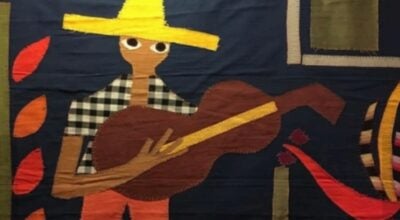North Carolina state parks declare 2010 Year of the Birds
Published 3:32 pm Tuesday, January 5, 2010
North Carolinas state parks will pay tribute to its winged residents and visitors in 2010 by celebrating the Year of the Birds, according to the N.C. Division of Parks and Recreation.
Throughout the year, birds and bird-watching will be the focus of special education programs and activities in the state parks, many of them in partnership with Audubon North Carolina, which works with the state parks system on research and management projects involving bird habitats. The state parks system is also making available a special bandana of some of the signature birds found in the parks.
Whether they are wild turkeys in the mountains, bald eagles in the Piedmont or piping plovers on the coast, birds greatly contribute to the nature experience in state parks. Theyre also indicator species, reflecting the health of the natural resources and ecosystems on North Carolinas publicly-held lands.
Putting this special emphasis on birds in 2010 can give added depth and clarity to our interpretive programs and education efforts, said Lewis Ledford, state parks director. Theyre a beloved part of the natural resource mosaic in our state parks.
State parks are regularly involved in annual bird counts, and the parks are among Audubons Important Bird Areas, sites for research about the health of bird populations and habitats.
Audubon North Carolina, the state parks and the N.C. Wildlife Resources Commission were also among partners that are establishing three distinct birding trails in North Carolina in an effort to combine eco-tourism and natural resource protection. For more information on this project, visit www.ncbirdingtrail.org.
Birds and state parks share some of the most important habitats in our state, said Chris Canfield, executive director of Audubon North Carolina. They also share the distinction of providing a pathway for people to connect with nature. Im excited by this focus for 2010 and hope all North Carolinians take advantage of it.
In addition to preparing interpretive programs, state park rangers and natural resource biologists are actively involved in projects to protect and restore habitats for some of our rare and threatened birds, such as the red-cockaded woodpecker and colonial nesting shorebirds. Park rangers and biologists also participate in multi-year bird tagging projects.
State park educational programs hope to appeal to North Carolinas bird enthusiasts, as well as inspire new bird-watching families. A 2009 U.S. Fish and Wildlife Service report estimated one of every five Americans is a bird-watcher, defined as someone who took a trip of at least one mile for the primary purpose of observing birds, or someone who closely observed and tried to identify birds around their home. These enthusiasts contributed $36 billion to the national economy in 2006, according to the report.





